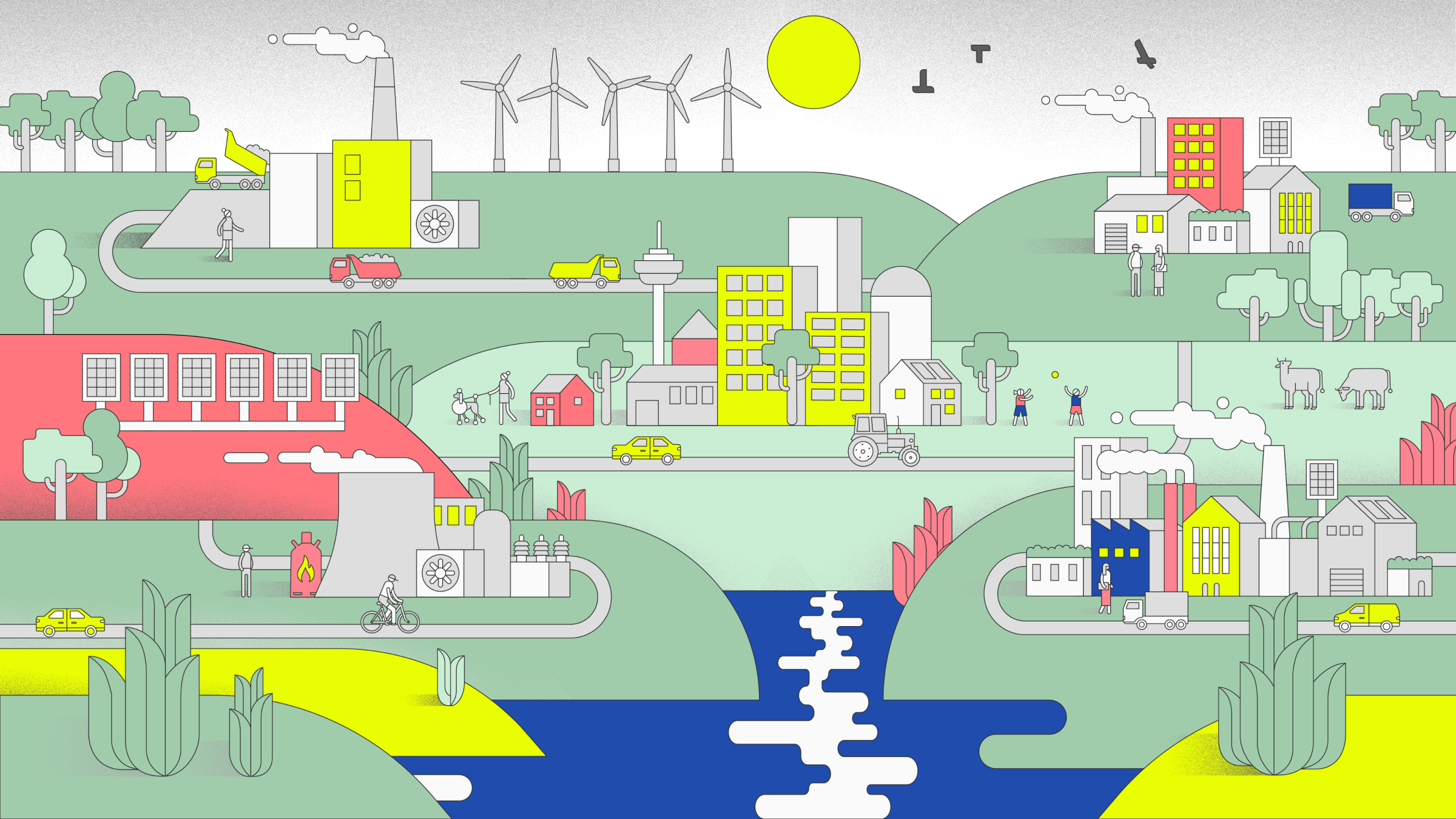Why large-scale battery systems will become increasingly important in the future
As conventional power plants are gradually taken from the grid in the near future, load regulation will likely have to take place for an increasing number of hours of the year almost without any conventional power plants.
By then at the latest, large-scale batteries will be a very efficient, cost-effective, and in our
view indispensable alternative to today’s conventional power plants for primary reserve power
and a reliable power supply.
As part of the transition to sustainable energy, large-scale batteries will be able to take on
additional responsibilities in the future, such as ensuring power supply in decentralized grids,
which are becoming increasingly important. Here, too, large-scale batteries can even out
differences from fluctuating amounts of power fed into the grid and consumed. Decentralized
grids will thus become more independent of the national high-voltage grid, which will reduce the
need to expand this grid.
As it brings six of these large-scale battery systems online, Iqony is pioneering a major step
into the future of energy.
